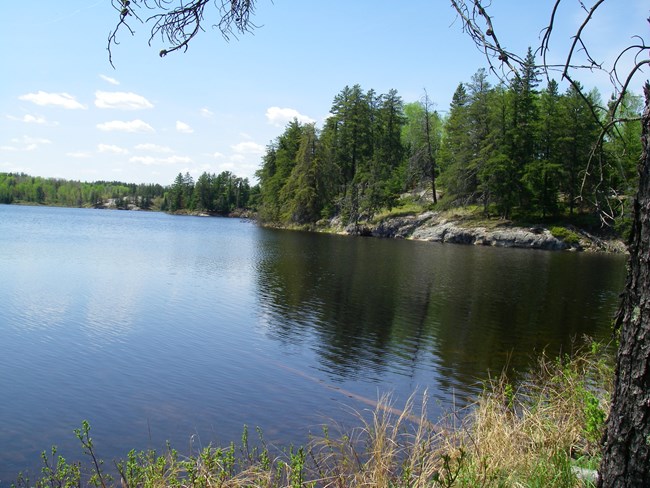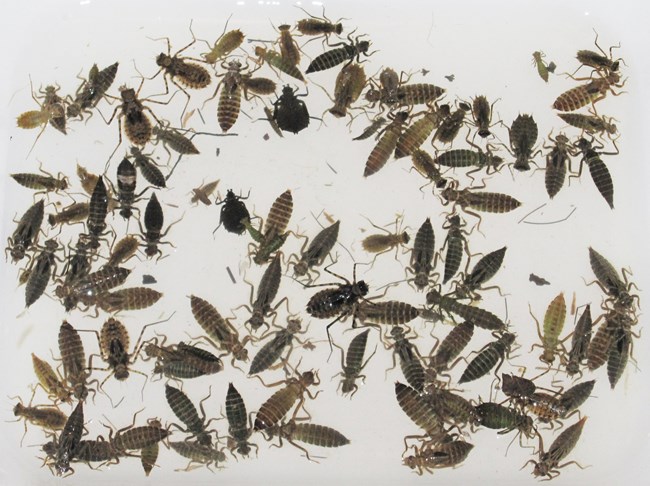
NPS
The four big lakes at Voyageurs get a lot of attention, but the smaller inland lakes are where you can find the canoe country experience. This is one of the few network parks with resident populations of Gray Jays and White Pelicans as well moose, wolves, and the elusive lynx.
Before you jump off into the park, you should take a pipe-break with one of our resource briefs or reports to see what we’re learning about these historic lands and waters.
Resources Briefs are condensed versions of our technical reports. They rely on graphics and images more than dense scientific writing, but anyone who is intrigued and wants to know more can always use the resource brief as an entry into the report.
Source: NPS DataStore Saved Search 3457 (results presented are a subset). To search for additional information, visit the NPS DataStore.
These technical reports are produced by network staff and other scientists working at Voyageurs. Lots of information, lots of fascinating discoveries.
Source: NPS DataStore Saved Search 3458 (results presented are a subset). To search for additional information, visit the NPS DataStore.
Source: NPS DataStore Saved Search 5703. To search for additional information, visit the NPS DataStore.

Kristofer Rolfhus/University of Wisconsin-La Crosse
Dragonfly Mercury Project
As a foundational part of the aquatic food web, dragonfly larvae we collect each summer are tested for mercury in the environment, which helps us understand mercury contamination at higher levels of the food web.
Find the latest "dragonflier" for Voyageurs at The Dragonfly Mercury Project Annual Data Fliers (usgs.gov).
Last updated: September 4, 2025
